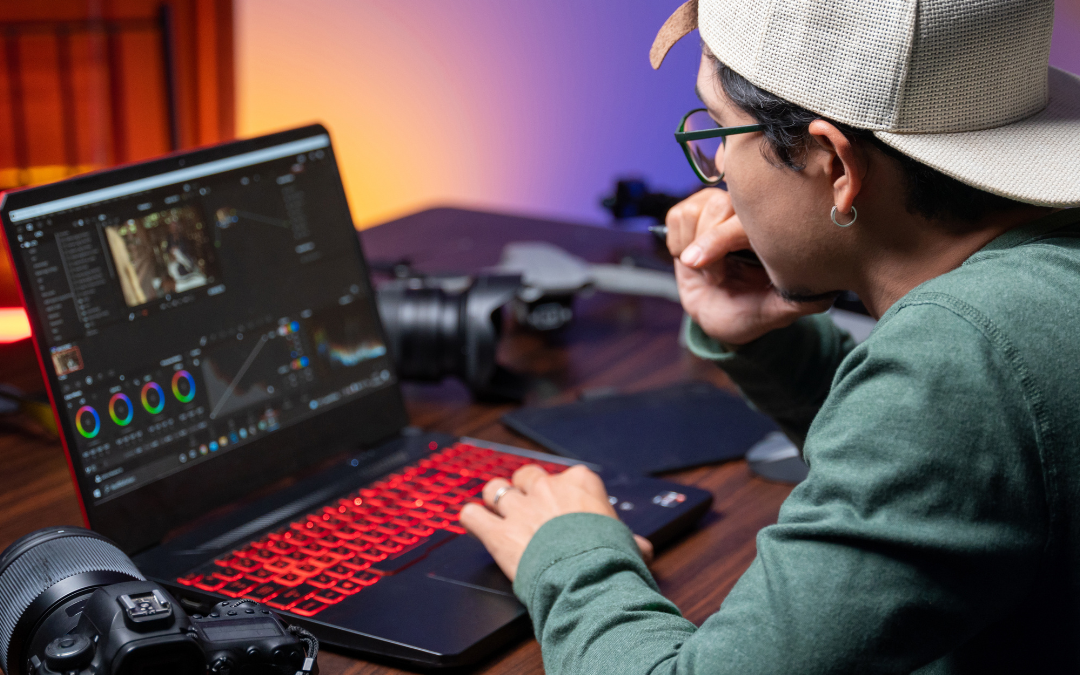Business owners will get a visual boost to their marketing efforts through a video-generating A.I. tool that Meta (the parent company of Facebook) is testing. All that is necessary is to upload a still image, and the A.I. tool will work its algorithmic magic by turning the image into a video.
The Five Most Key Takeaways from This Blog Post
Among the visual enhancements are expansion of the image and making certain elements move. For instance, a company mascot with its hand raised in a gesture of greeting can be A.I.-ified into waving hello in a video version.
Meta is not alone in this effort, as Pinterest recently announced other ad-enhancing A.I. toolsthat are coming down the pipeline.
This development marks a trend in A.I., which is that it facilitates the creation of more-stimulating eye-catching content for business owners. Small-business owners in particular can rejoice here, as some times it is the case that small businesses do not have the resources to make this kind of content.
These ads can appear on Facebook’s recently announced full-screen video tab, which can help maxmimize the impression of ads for the platform’s users.
Meta’s plans for this tool include an early-2025 product launch.
Making More Ads More Stimulating
Increasing the stimulating quality of advertisments is one way to increase the effectiveness of the ads’ content.
That, really, is the gambit behind this emerging gen-A.I. technology, which can take an existing photo and quickly transform it into a larger, more-visually-stimulating version of itself.
Of course, this is all to be expected given the increasing centrality of video content across virtually all platforms.
Given the glut of content online, it makes sense why video has become so dominant. In most cases, watching a video requires less attention and cognitive power than reading text.
Also, knowing just how long it will take to get through a video is another perk, as people can get a better sense of how much time they are spending on a platform. (How often have you opened a text post and wondered how long it will take you to get through it?)
Though many ads are images, the dominance of video definitely extends to a dominance over still images.
Since most people scroll through platforms with a gambler’s mindset that there will be some kind of intermittent reward for scrolling, those “rewards” typically come in the form of stimulating—for many users, “stimulating” is a synonym for “interesting”—content.
And if an ad is more stimulating, then the better its odds for seeming like one of the intermittent rewards that scrollers happen upon.
Facebook’s Move to Make the Platform More Visually Oriented
One could make the argument that the reason Facebook did not keep up with other social-media platforms, at least among younger demographics, is that it was just so text-heavy.
Sure, you could upload images and videos, but in the public consciousness, it was definitely the social-media platform where long-form text posts would be somewhat common.
People wanting to see text content would instead flock to Twitter (now X), where defined word-limits would ensure that every piece of writing there would be bite-sized. Unless it’s one of those posts where someone writes something relatively long-form in e.g. a smartphone’s note-taking app and screenshots the text and uploads an image of the written content.
Compare that to Facebook, where people would need to scroll past blocks of written text about all sorts of things.
Of course, Meta owns the image-centric Instagram, which plenty of young people enjoy. But once TikTok (Vine on P.E.D.’s; or, if you will or rather, Instagram for videos) came along, it became clear that video is on top online.
It should be understandable, then, why Meta is doing things like creating full-screen video tabs to compete with the TikToks of the world.
And why the company is offering businesses the option to make a video out of still-image marketing content.
Other Great GO AI Blog Posts
GO AI the blog offers a combination of information about, analysis of, and editorializing on A.I. technologies of interest to business owners, with especial focus on the impact this tech will have on commerce as a whole.
On a usual week, there are multiple GO AI blog posts going out. Here are some notable recent articles:
- For Businesses and Other Organizations, What Makes a Successful Chatbot?
- IBM Watson vs. ChatGPT vs. Gemini: How Will Each Affect Search Engines?
- Using A.I. to Find Resources for Business Owners
- How Would Restricting Open-Source A.I. Affect Business Owners?
- The EU’s A.I. Act Has Become Law: The Implications for Business Owners (Especially American)
In addition to our GO AI blog, we also have a blog that offers important updates in the world of search engine optimization (SEO), with blog posts like “Google Ends Its Plan to End Third-Party Cookies”.


Recent Comments